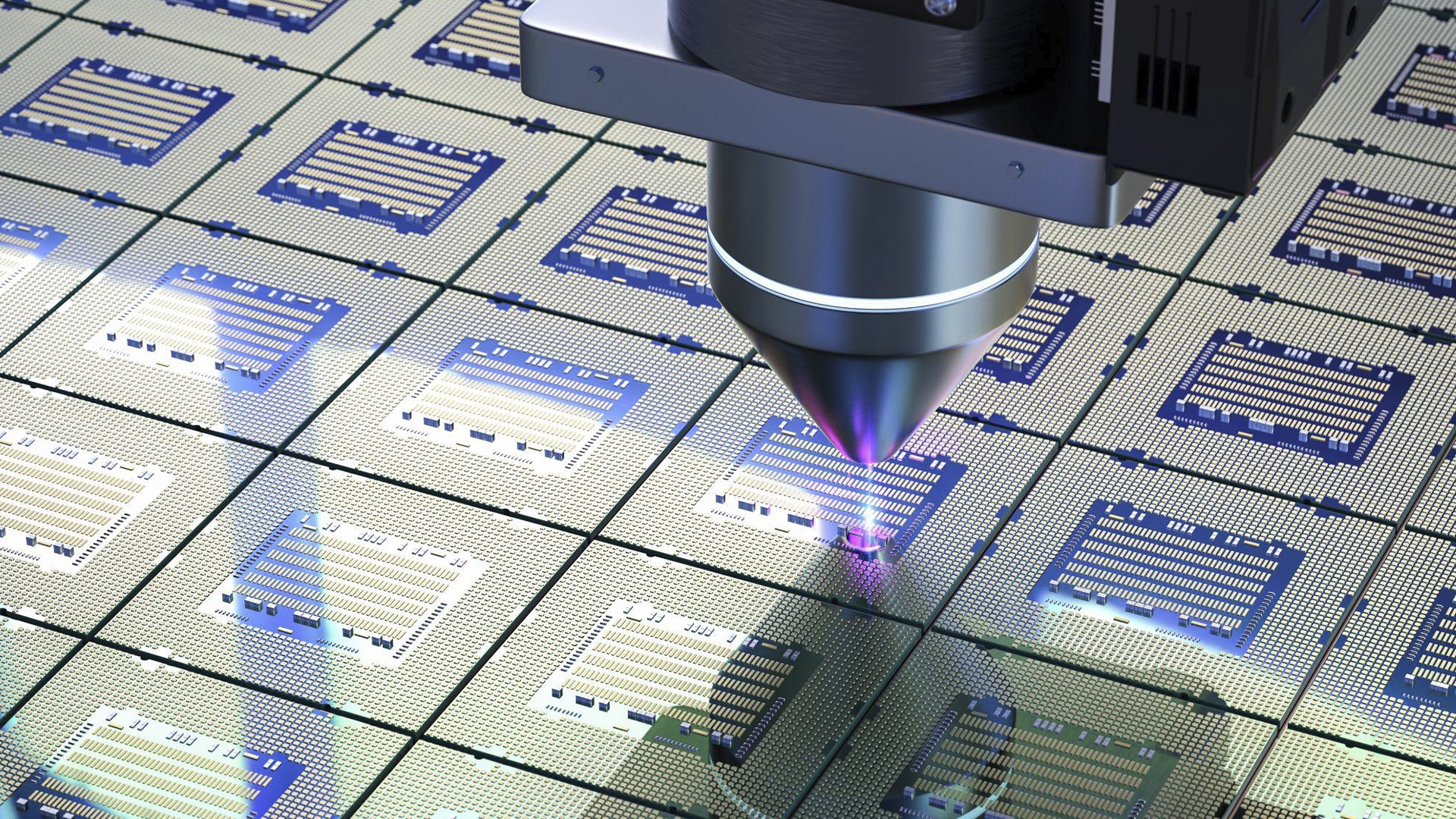Development of laser marking in nanotechnology: applications and future perspectives.
At the forefront of the technological revolution, nanotechnology stands as a fundamental pillar, promising radical transformations in a multitude of sectors. At the same time, the development of laser marking techniques at the nanometer scale opens up a range of possibilities for handling materials with unprecedented precision.
This article dives into the impact of laser marking in nanotechnology, highlighting its current applications and exploring future prospects that promise to revolutionize sectors from medicine to advanced manufacturing.
Nanotechnology and its future prospects
Nanotechnology is defined as the science, engineering and technology that works at scales on the order of nanometers (billionths of a meter). This revolutionary science has the potential to create new materials and devices with applications in medicine, electronics, clean energy and many other fields. By manipulating matter at the molecular or atomic level, it is possible to obtain properties and combinations that are not possible at larger scales.
At the nanometer level, the physical, chemical and biological properties of materials differ in fundamental and valuable ways from properties at larger scales. For example, opaque materials can become transparent (such as copper), inert materials can become catalysts (such as platinum), stable materials can become combustible (such as aluminum), and solid materials can become fluid at room temperature.
Laser marking has found a new frontier in nanotechnology. Unlike traditional marking methods, laser marking at the nanometer level offers extreme precision, enabling the creation of patterns, structures and devices at a scale that was previously unattainable. This capability is critical for the development of nanodevices and nanomaterials with unique and customized properties.
Revolutionary perspectives
The future of nanotechnology promises continued integration into established fields and sectors, as well as expansion into new areas of research and application. Nanoscale manufacturing, targeted drug delivery systems, nanosensors for environmental and health monitoring and solar photovoltaics are just a few areas where nanotechnology will continue to have a significant impact.
The development of specific laser marking techniques for this sector has led to significant advances. For example, in electronics, it has facilitated the production of integrated circuits and nanometer-sized transistors, contributing to miniaturization of electronic devices . In medicine, laser marking has opened the way for the creation of tailor-made implants and customized medical devices, with complex structures that interact at the cellular or molecular level.
Current applications of laser marking in nanotechnology
Laser marking in nanotechnology is not only a promise of the future, but a shocking reality in the present. From electronics to personalized medicine, laser marking is redefining the boundaries of what is possible, enabling breakthroughs that were unimaginable just a few years ago. Below, we explore some of the most significant applications of laser marking in nanotechnology that are already making a difference in today’s world, demonstrating its versatility and the value it brings to research and development in multiple sectors.
Miniaturization of electronic components
Laser marking has been instrumental in the fabrication of nanoscale electronic components, significantly improving their performance and efficiency The continuing demand for smaller, faster and more efficient electronic devices is driving research into component miniaturization. Laser marking at the nanometer level plays a crucial role here, enabling the creation of circuits and components at previously unimaginable scales.
Personalized medicine
In the healthcare sector, laser marking at the nanometer scale facilitates the development of implants and diagnostic devices that are specifically tailored to individual patient needs, improving treatment accuracy and reducing associated risks.
Materials research
Laser marking enables precise manipulation of materials at the atomic level, essential for research and development of new materials with improved properties such as increased strength, flexibility or electrical conductivity.
The future of laser marking in nanotechnology
The integration of laser marking into nanotechnology continues to advance, with research focused on expanding its applications and improving its precision and efficiency. It is anticipated that this evolution will bring about the creation of even smaller and more complex devices, opening up new possibilities in quantum computing, advanced nanomedicine and renewable energy systems.
Research is currently focused on improving the precision of laser marking at the nanometer scale, enabling even finer control over matter. As laser marking technology is refined, new applications will be explored, from the creation of artificial tissues for regenerative medicine to the development of superhydrophobic surfaces for industrial and environmental applications.
Laser marking at the nanometer level has become an indispensable tool in the manufacture and design of nanodevices. Its ability to manipulate materials with extreme precision allows the creation of complex structures needed in nanoelectronics, nanomedicine and new materials research.
At SIC Marking we continue to innovate and develop technology that improves and refines the most complex laser marking processes. For any questions, or if you want to receive more information, contact with us See you in future articles!
